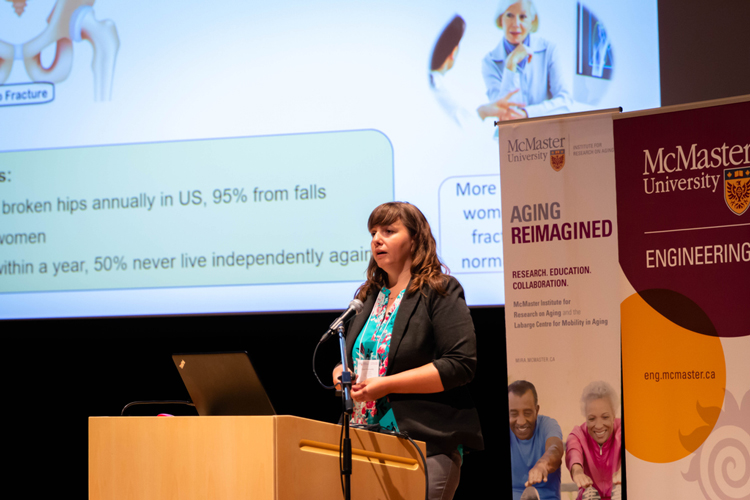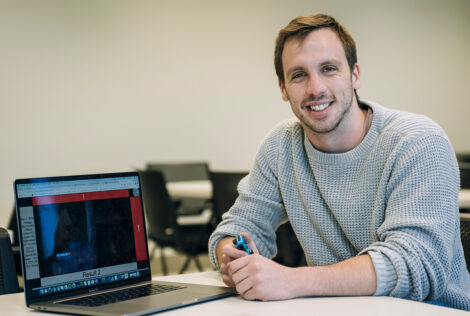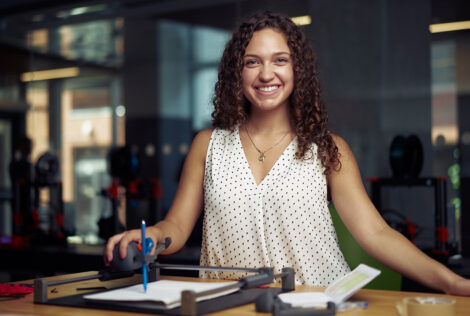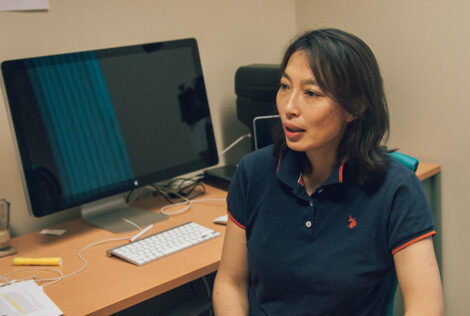

A living lab in a living room. Preventing broken bones. Developing objective cognitive assessments. Interactive technology that gives long-term care residents living with dementia access to personalized experiences, memories and activities such as driving and petting cats.
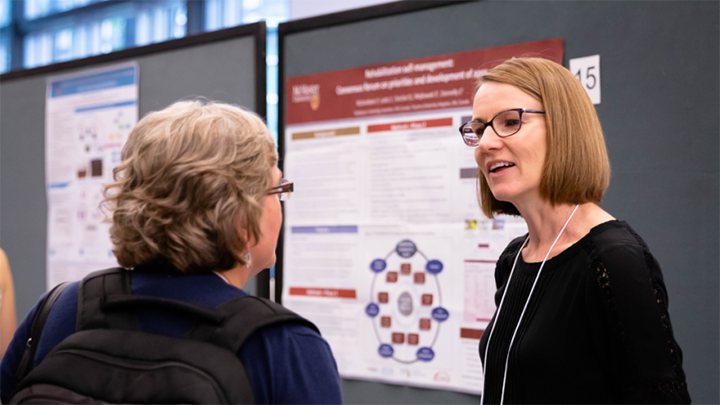
These were just some of the research “snapshots” of ongoing projects presented in an interactive research showcase that helped explore new interdisciplinary research and technologies that will enable older adults to live more independently.
The event, aptly named The Future of Aging: Smart Technologies, took place on Wednesday, July 17 at L.R. Wilson Hall and was hosted by McMaster’s Institute for Research on Aging (MIRA) and the Faculties of Engineering, Health Sciences and Science.
The day also included a poster and exhibit hall, speakers and tours of the LIVELab, PACE and the Westdale Smart Home.
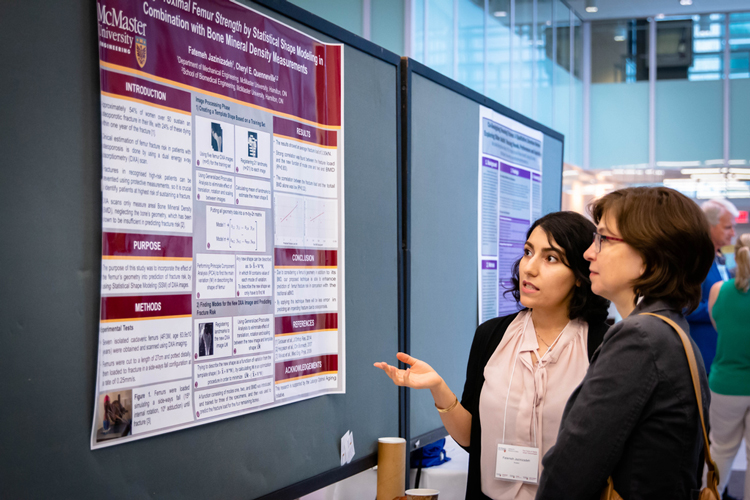
“The challenges faced by our aging population may be met with technological solutions, but their development, evaluation and implementation will call for interdisciplinary collaboration and stakeholder engagement,” says Parminder Raina, scientific director for MIRA. “MIRA is pleased to support this event that encourages interdisciplinary research at McMaster to drive innovation in aging.”
Aging is one of the priorities in McMaster’s Strategic Research Plan, making the event a key piece of understanding the needs of older adults, their caregivers and the technology that helps support them.
Marc Kanik, managing director of Ambient Activity Technologies, has introduced ABBY, an activity-based approach to managing responsive behaviours in people who live with dementia, to long-term care homes.
The technology provides personalized media content (music, pictures, videos and games) that are familiar and meaningful to the resident, which also assists in mitigating caregiver distress.
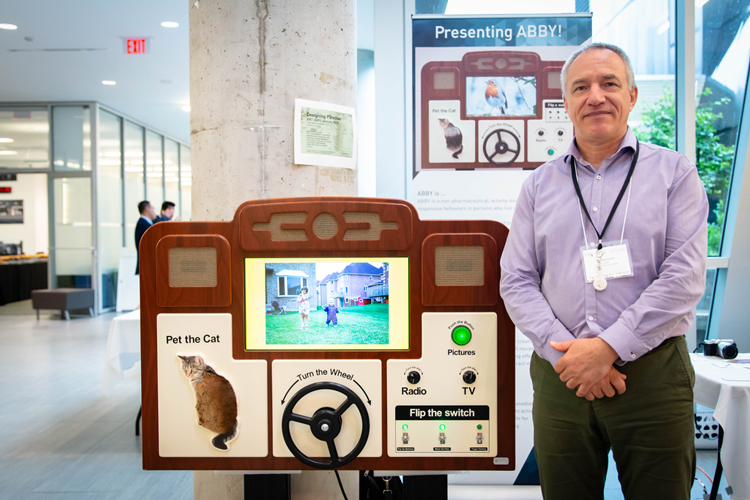
Cheryl Quenneville, an associate professor in Mechanical Engineering, is an expert in injury biomechanics. At The Future of Aging: Smart Technology, she talked about the goal of her work, which is to define tolerance limits for bones, to develop appropriate injury criteria and characterizing the effect of factors such as strain rate, angle of load application, gender, age, and protective wear on fracture tolerance.
